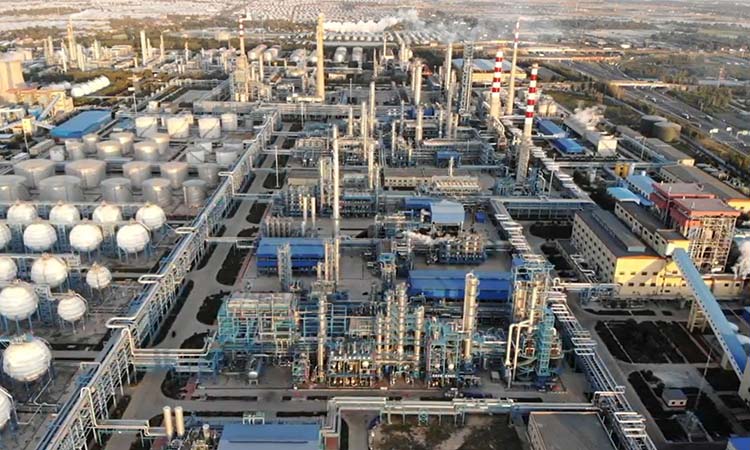Could captured carbon dioxide be stored in Ohio to fight climate change?

A coalition of businesses, government agencies and nonprofits is eyeing a section of southeastern Ohio for the storage of carbon dioxide captured from factories and power plants. The technology used to collect CO2 from carbon emitters is decades old, but it is experiencing something of a renaissance as governments and businesses look for ways to combat climate change. The partnership, the Midwest Regional Carbon Initiative, involves several organizations including the Columbus-based research nonprofit Battelle and the Norwegian energy company Equinor, which has oil and gas operations in Pennsylvania.
The group wants to make a region encompassing southeastern Ohio, as well as parts of Pennsylvania and West Virginia, a hub for CO2 storage. Power plant communities look toward a future beyond coal The group spent years on research and development, which included burying millions of tons of carbon dioxide in Michigan. While the group is still years away from burying carbon dioxide in Ohio, the initiative believes the path is clear for commercial development. "The projects will undergo a systematic exploration and appraisal process, using existing and new data from seismic surveys, drilling, and field testing," Battelle spokesperson T.R. Massey said in an email. That process will take two to four years, he said.
Tax incentives encouraging the use of carbon capture are on rise, and government agencies see carbon capture and storage as a way to achieve President Joe Biden’s goal of cutting the nation’s carbon emissions in half by 2030. “These facilities around the world emit volumes of CO2 into the atmosphere, and until the last couple of years, there’s been no incentive for them to do otherwise,” said John Tombari, a division manager for Battelle carbon services. Representatives of Battelle and Equinor say the geography in southeastern Ohio is ideal for carbon storage. And separating CO2 from other useful compounds and injecting it into the ground has economic benefits, said Chris Golden, a U.S. country manager for Equinor.
Read the full article here